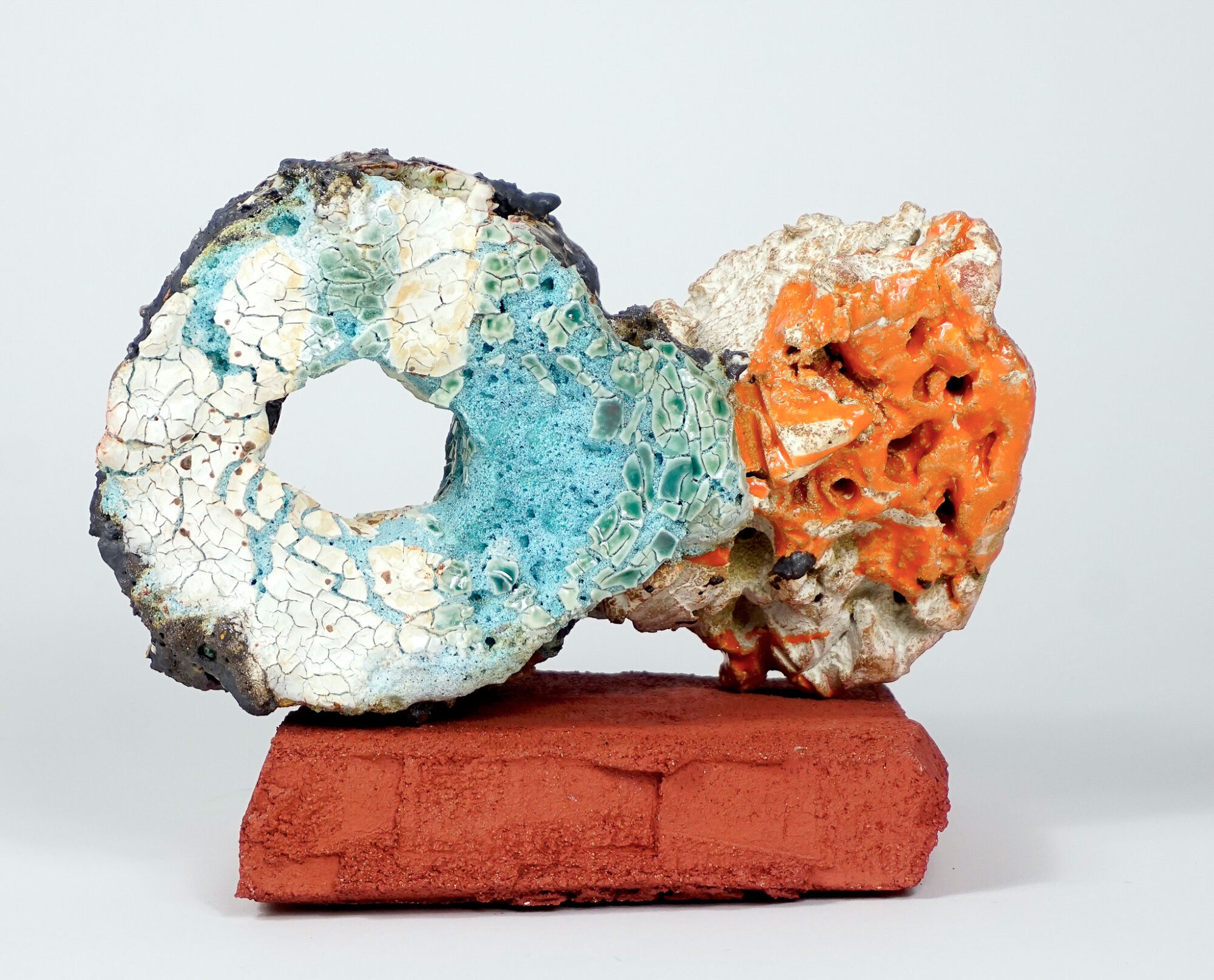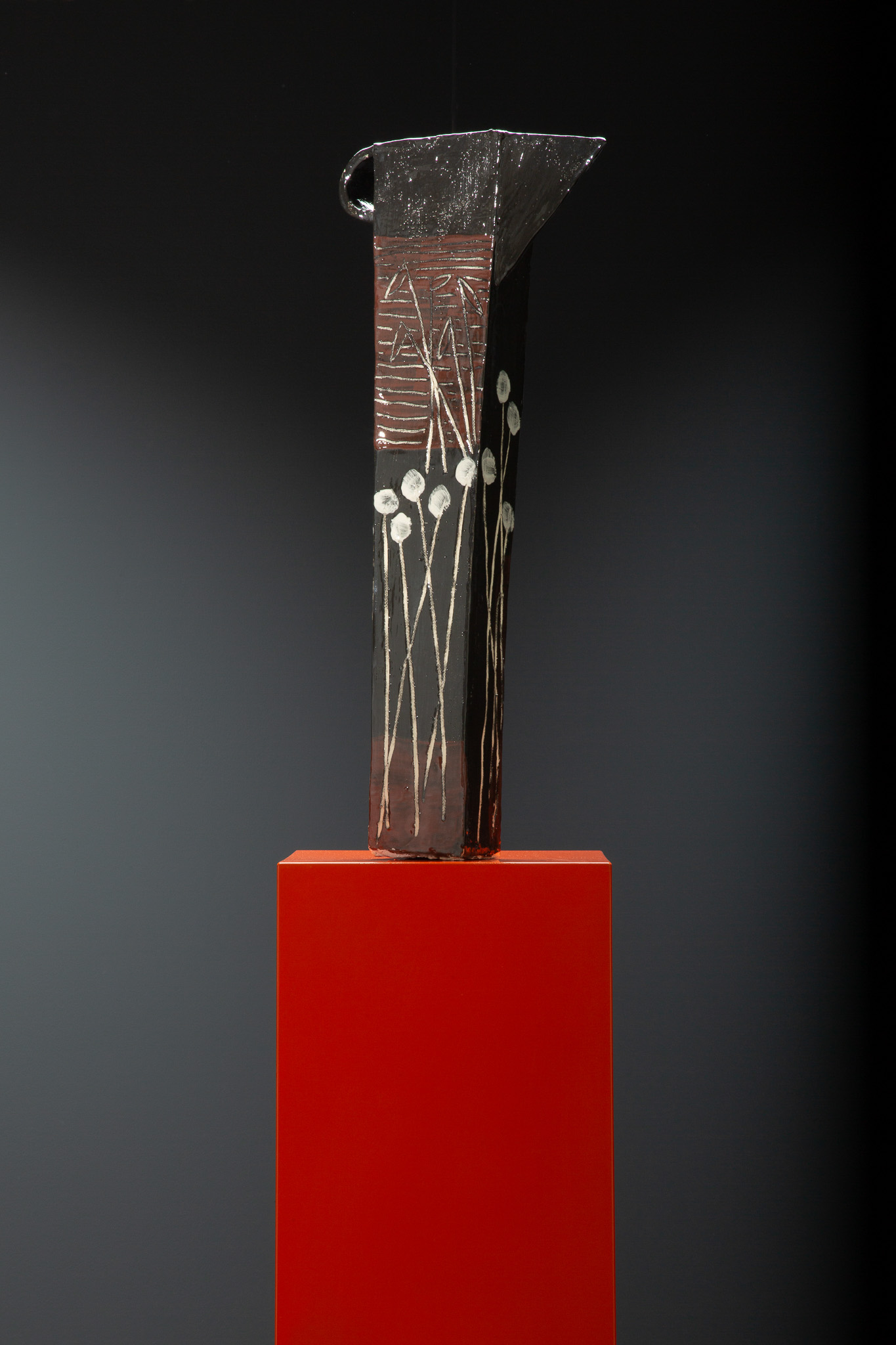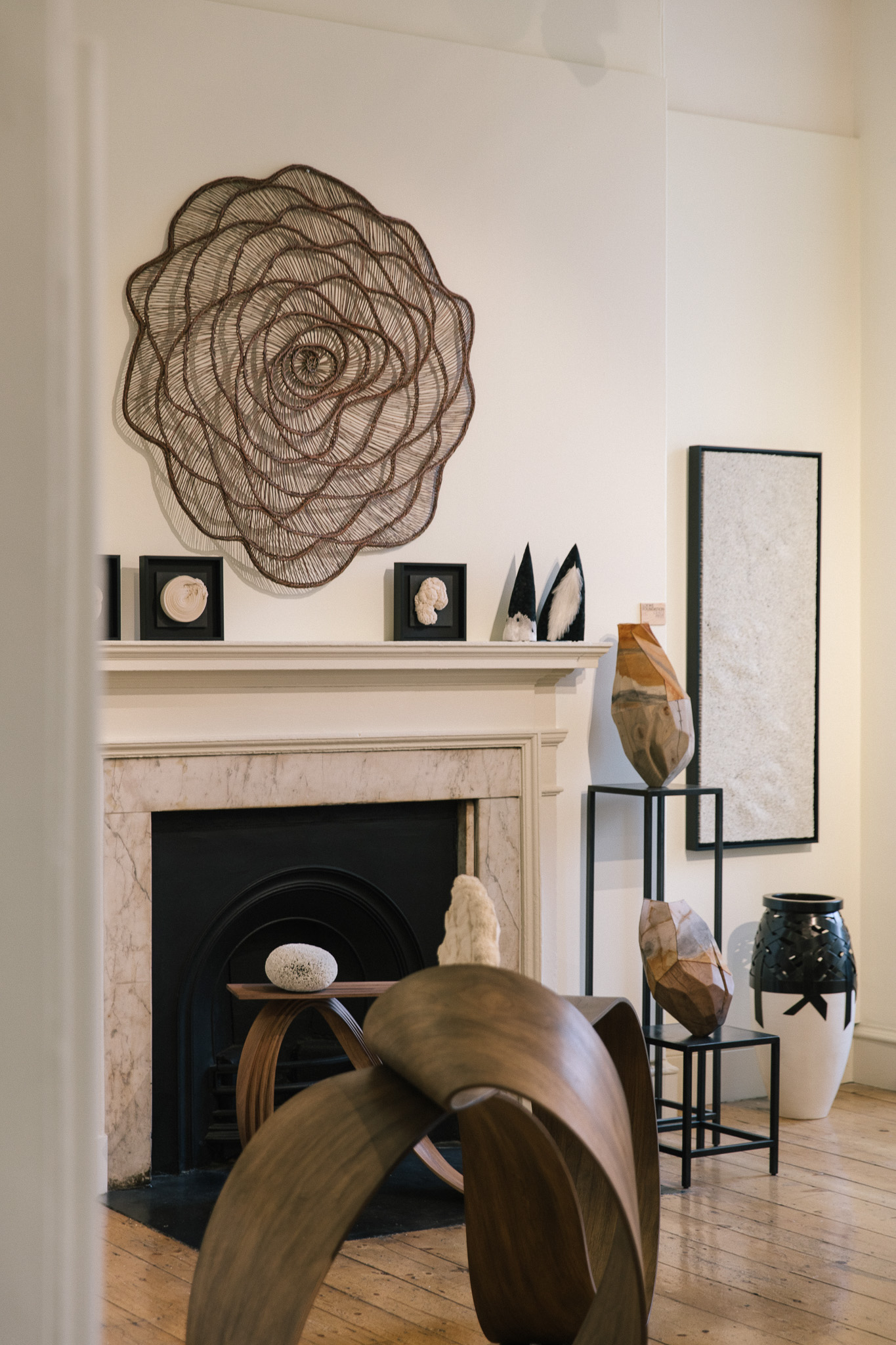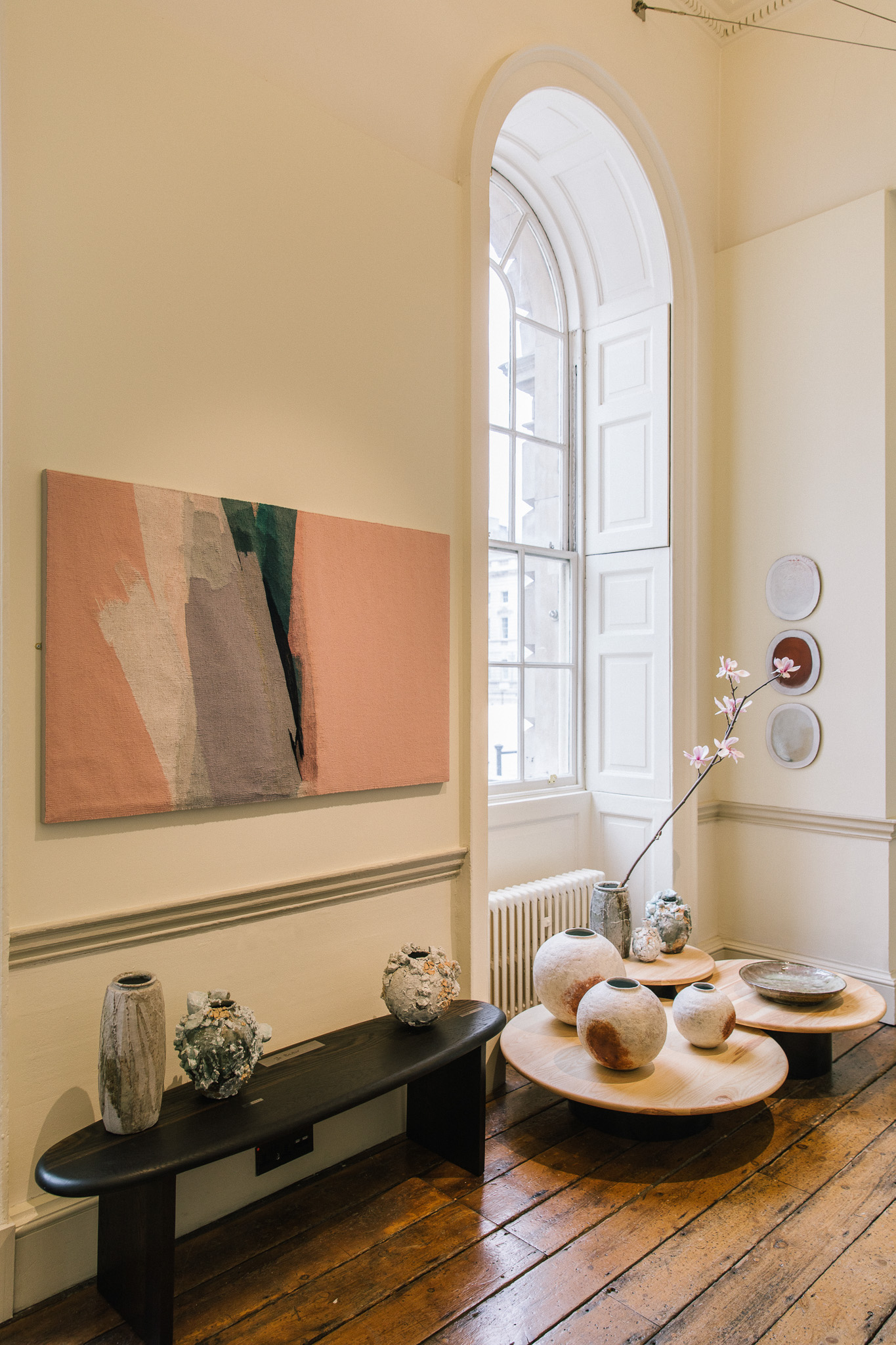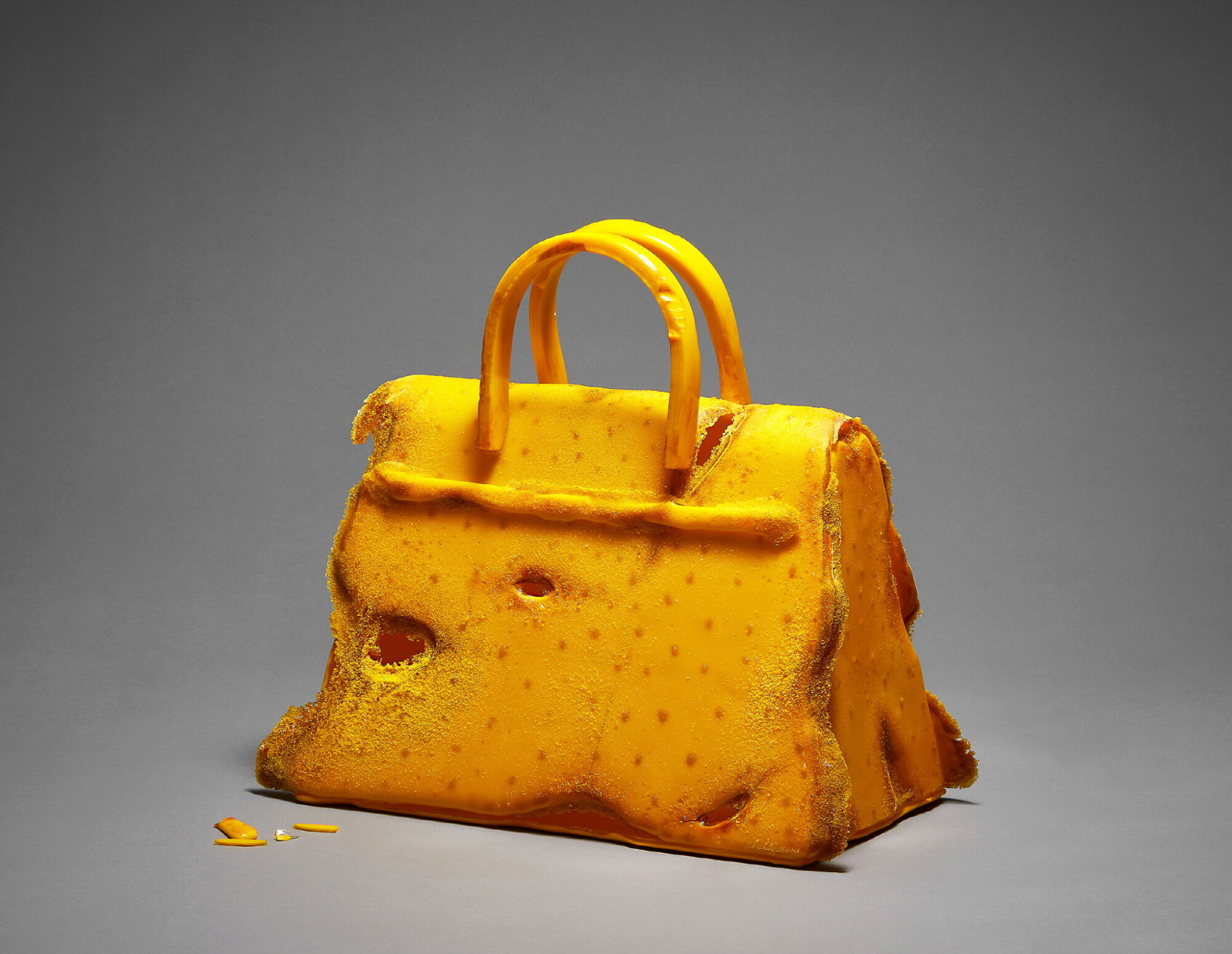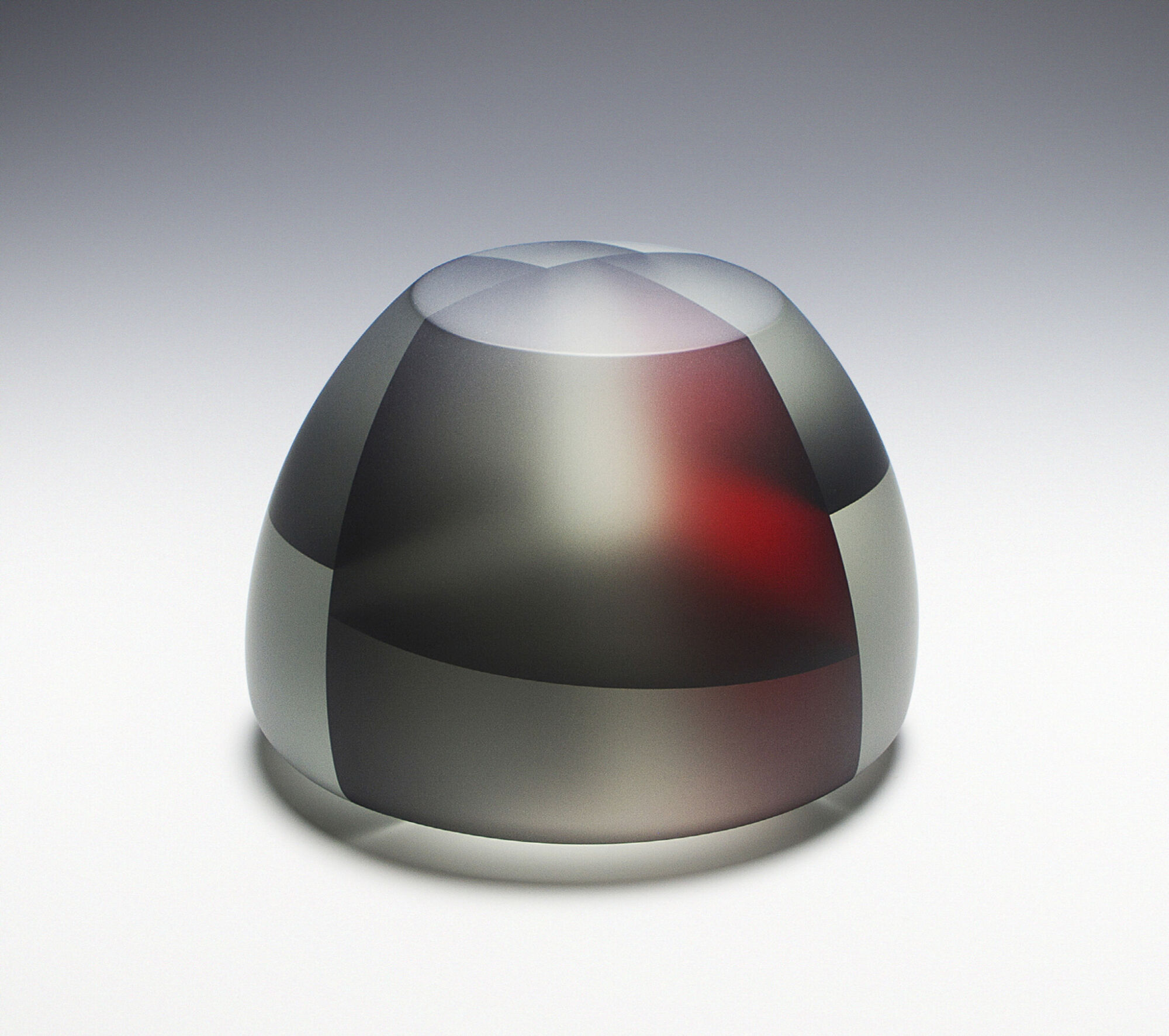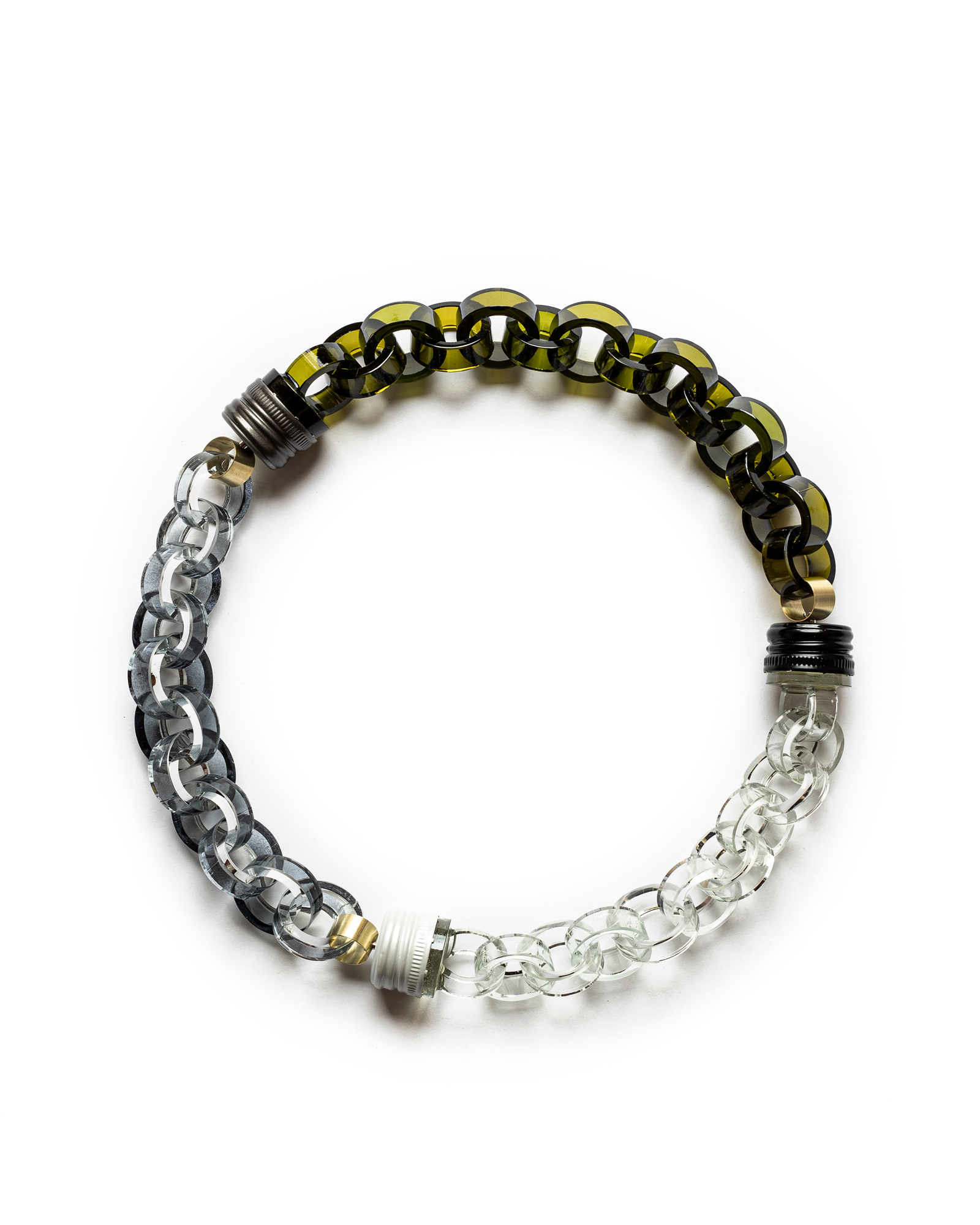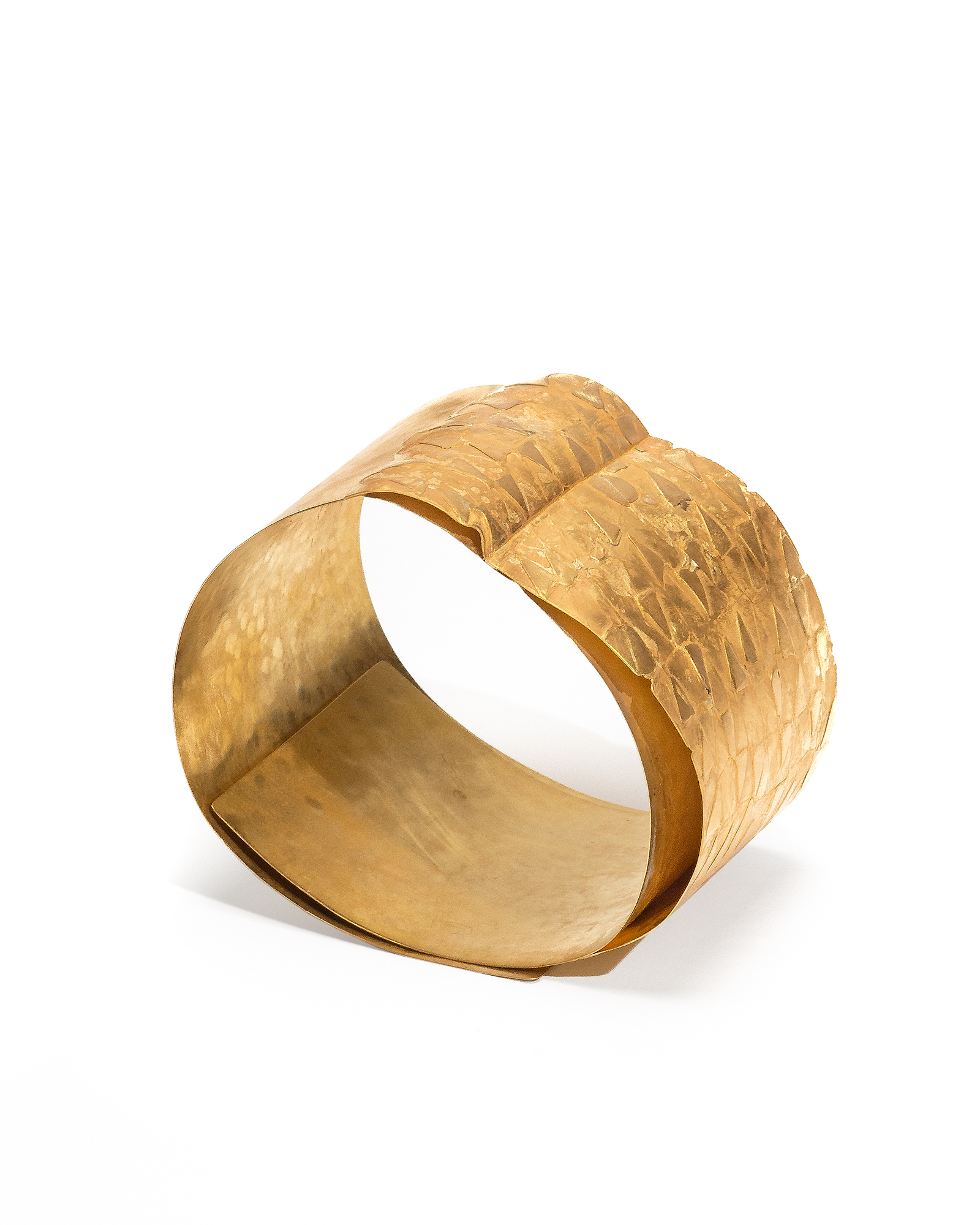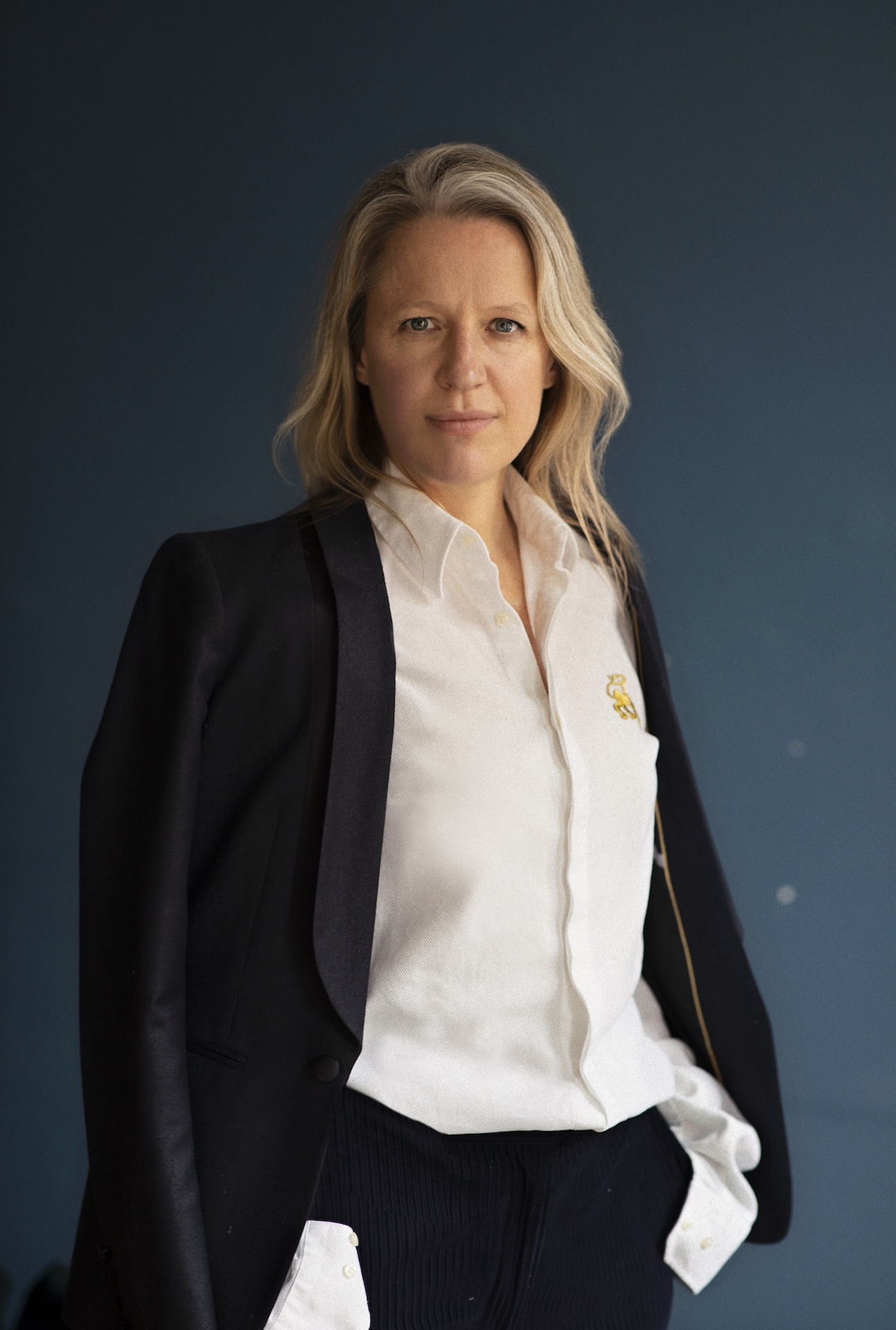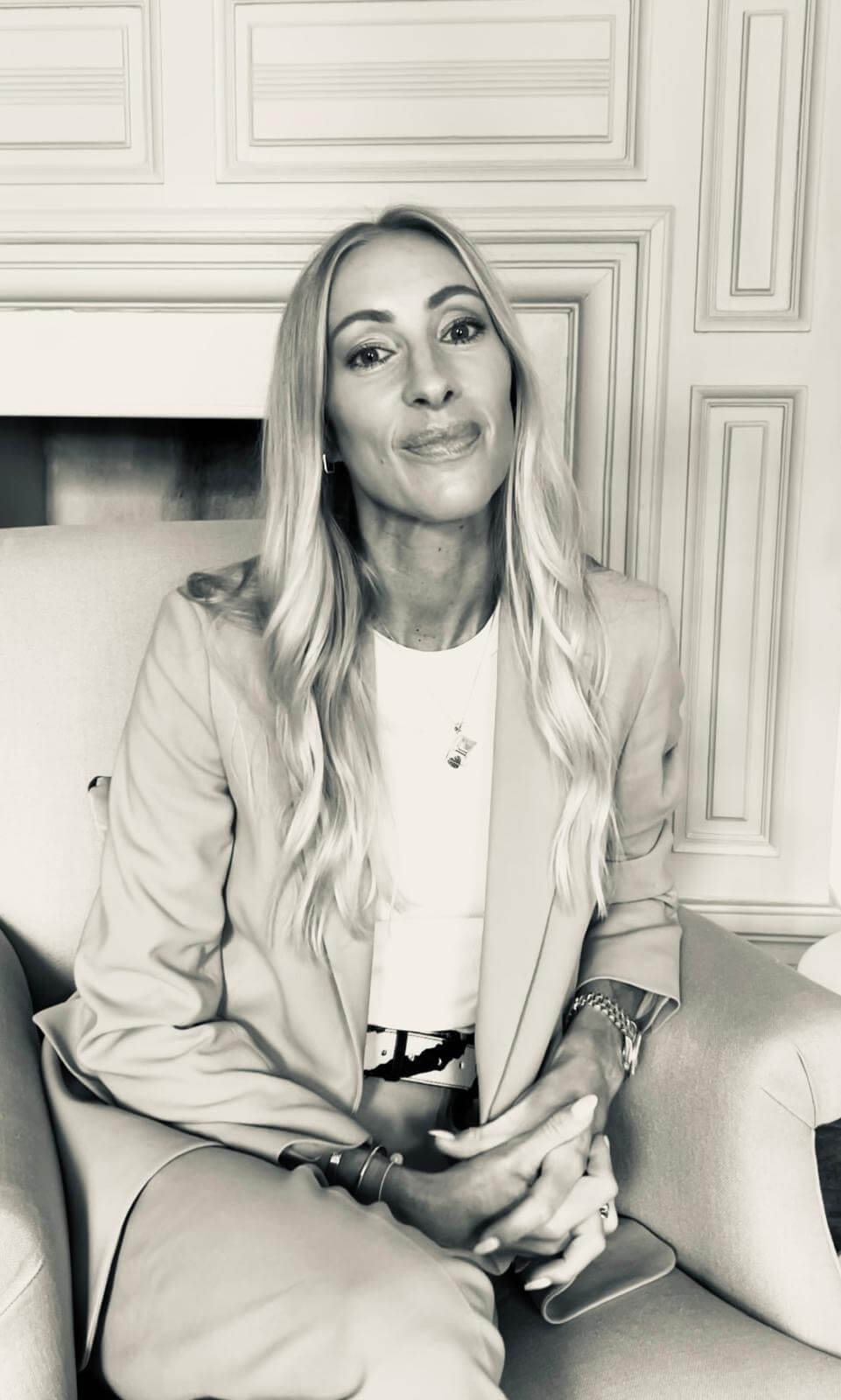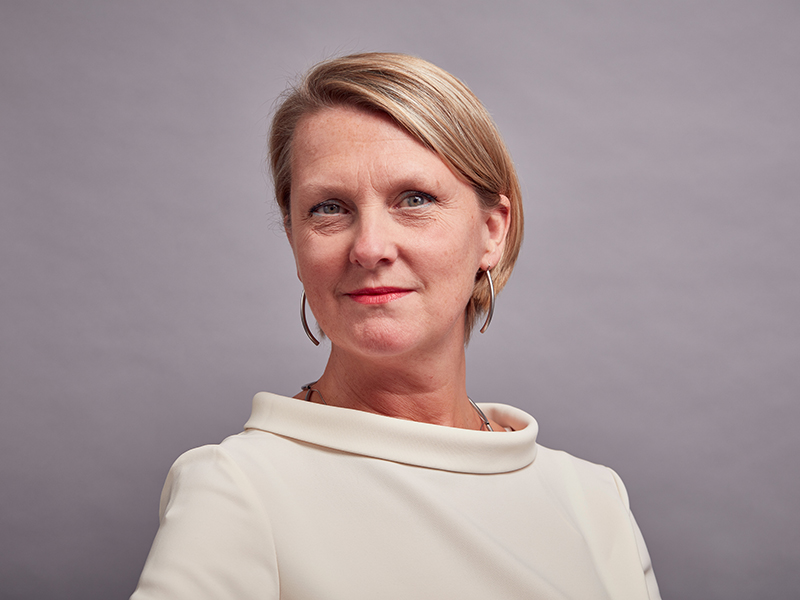

Interview Isobel Dennis, Fair Director Collect
Dennis has over 25 years experience in the exhibition industry, including 14 years as the group director of New Designers, a graduate fair created to champion new talent. She also oversaw the Ferrari, Alaïa and LOEWE FOUNDATION exhibitions as the Design Museum’s interim director of audience in 2017.
The daughter of two architects, she found her passion for craft, design and art at an early age. Whilst studying ceramics at the Camberwell College of Arts, she developed a knowledge and value of this unique art form and has continued over the last two decades to combine a superb knowledge of the sector with creative industry insight to operate with clear business acumen and drive Collect forward.
THE WICK: Talk us through your typical Monday.
Isobel Dennis: Depending on the time of year, I quite like to keep my Mondays free of meetings – although at this time of the year, that is practically impossible. I have to be very organised in my role and I enjoy a fresh start to the week. I will always update my ‘to do’ list on a Friday evening, so that my head feels clear for the weekend, and I feel well prepared for the following week.
TW: What can we expect from Collect 2023?
ID:
Collect is known for introducing exciting new work into the market every year. As a fair, it is a requirement that over 80% of the artworks have been made in the past five years, and many pieces are specially commissioned for the fair each year. So, it is very much about the most exceptional artists making work today and the specialist galleries behind them. Every year there is much anticipation for collectors and visitors, and this year is no different. We have eight new galleries taking part, five of whom are international, along with the many excellent returning galleries. You’ll see new works from Bruce McLean, showing with 1882 Ltd., and the beautiful wall hangings of Ugandan artist Sanaa Gateja, from 50 Golborne gallery, which are now commanding prices of around £23,000.
Collect hosts the very best in international art jewellery, ceramics, glass, wood, metal, paper and mixed-media. If you’ve not visited the fair before, you will not be disappointed by the extraordinary pieces you will see and hopefully be tempted to acquire.
TW: With the closure of Masterpiece, what do you think the future of art fairs looks like?
ID:
The news of Masterpiece closing was indeed a shock to many. While each fair has its own identity and position in the calendar, this has almost felt like losing one of the family. Delivering fairs of a high calibre is very costly and the instability that has been caused by Brexit and the pandemic will roll on for a year or two yet, with financial decisions being carefully considered.
However, I have great faith in the live event and future of art fairs. The intensity of connectivity one experiences in the short burst of a live art fair is the most invigorating tonic. How one may respond emotionally and intellectually to an artwork and how we as human beings value the sociability, the discussion and the celebration, in a live environment, is not to be underestimated. New discoveries and creative relationships begin, business is done, and new opportunities arise. Online will always be a complement to this activity, and was vital at a time when we were all apart, but the live fair is the soul and beating heart, and online will never replace the joy and impact of the face-to-face encounter and all that comes with it.
Collect is particularly strong this year with the fair returning to pre-pandemic exhibitor numbers and some really exciting new galleries and artists showing. I think having a really clear identity, being manageable in size, with such care given to its environment, continues to set Collect apart and attracts new collectors and exhibitors on an annual basis.
TW: What drew you to ceramics?
ID: Both my parents were architects, so I grew up in a creative household. They were both incredibly affable as people, with the gentleness and intelligence that often comes with that profession. As a result, I was brought up to appreciate good design, creative practice, to look up when walking in cities, to be sociable and be interested in people. They were very supportive of me applying for art school and pursuing a degree in 3D design at Camberwell College of Arts, and my love of clay. The love of clay came from my early schooldays as it is such an enjoyable material. It is malleable, responsive, chameleon-like, disruptive, surprising, beautiful, coarse, elegant, functional, honest, and more. While I don’t make ceramics anymore, I often have something in my hand, or a pebble in a pocket. I can’t resist feeling the texture, warmth and shape of most things. The sheer joy of making something is one to be cherished, as well as the sheer joy of appreciating the work of another. From any child being introduced to making at an early age, to artists whose work is now sold through the likes of Phillips and Sotheby’s auction houses, contemporary craft is the ultimate leveller in life.
“The sheer joy of making something is one to be cherished, as well as the sheer joy of appreciating the work of another.”
